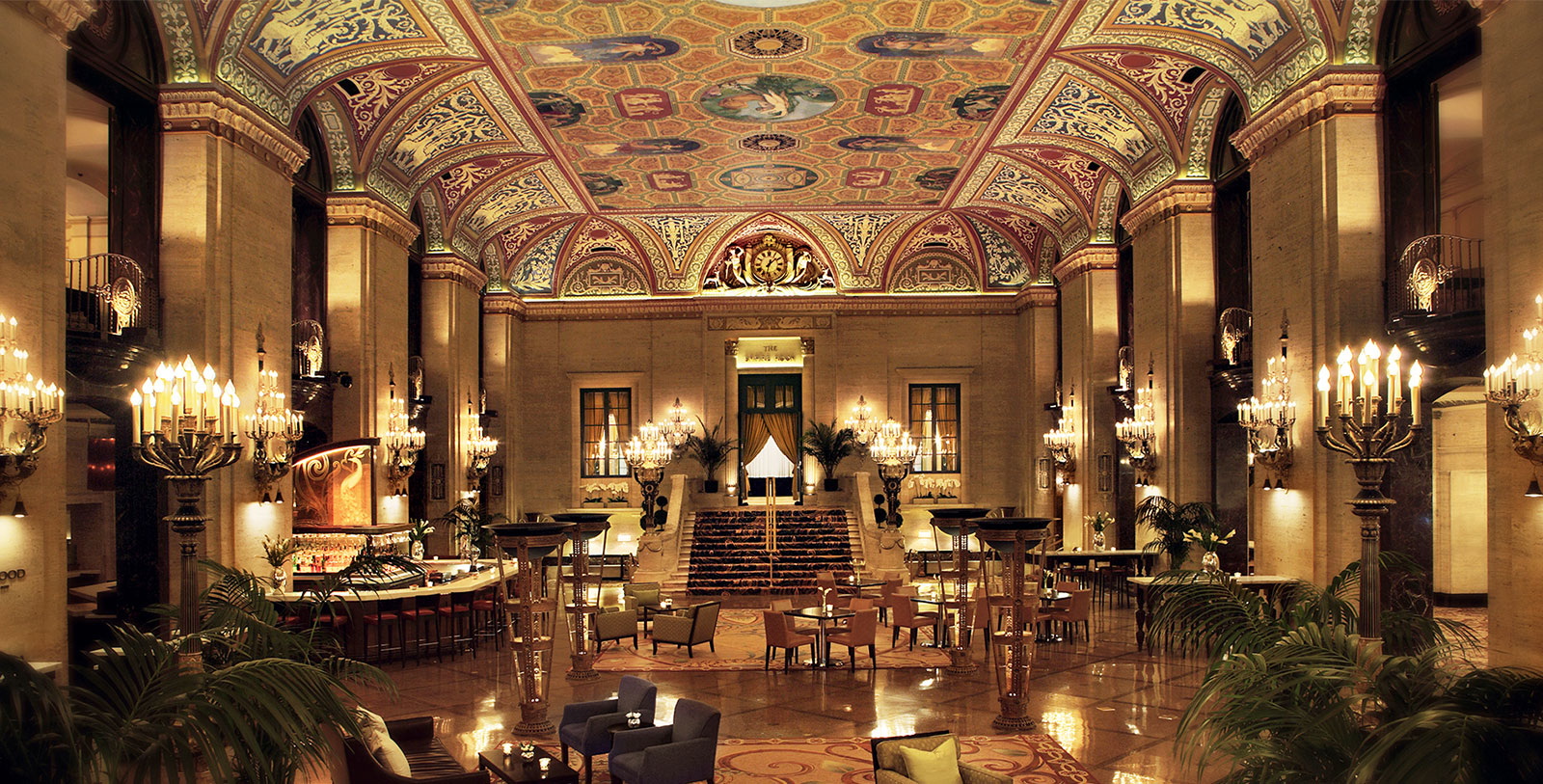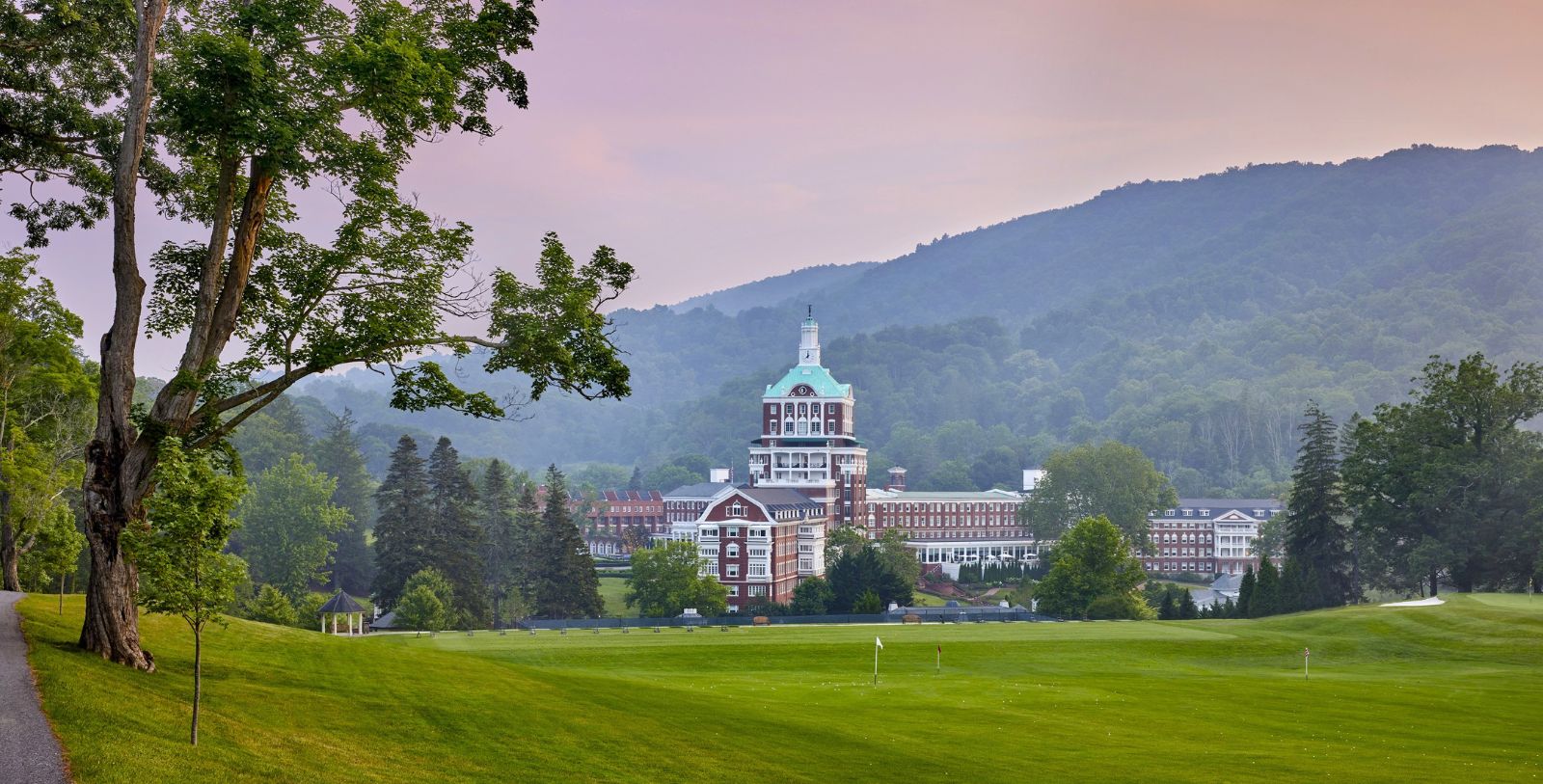The world’s oldest hotels will indulge almost anyone’s curiosity. And that’s for good reason: Most jet-setters enjoy staying in places steeped in history. Certainly, while few openings are as highly anticipated as new hotels, there’s something nostalgic about a resort, inn, or B&B that’s been open for so many years. It’s the idea of staying in a place that’s witnessed everything from life-changing inventions in their infancy to empires growing and crumbling right on their doorstep. What’s more, centuries-old hotels have played host to more than a few of the world’s most recognized names, including dignitaries, artists, and movie stars. Though the decor may have changed a few times over the decades, the world’s oldest hotels tend to be some of the most stunning. Here, AD traverses the globe in pursuit of the oldest hotels with dapper interiors.
Mohonk Mountain House (New Paltz, New York)
Mohonk Mountain House offers a whole new meaning to the concept of a family-run business. Founded by Albert Smiley in 1869, the former Hudson Valley 10-room inn on its namesake lake is still operated by the same family, though now it’s much more than a small inn upstate. Shortly after it changed ownership, the inn underwent a year-long renovation that not only restored the architectural elements in need of some attention, but also added enough space for up to 40 guests. Since the Smiley patriarch signed the deed in the late 19th century, the Mohonk Mountain House has transformed into a massive lakeside hotel with 259 guest rooms. Though it’s grown considerably, quite a few of the original rooms, including the 1893 dining room, are still there.
The Wigwam (Litchfield Park, Arizona)
Originally built in 1918 for the Goodyear Tire & Rubber Company’s traveling sales executives, Litchfield Park’s The Wigwam officially opened its doors as a resort in 1929. Goodyear realized how beloved the locale was amongst its employees, so the company decided to share it with the world—a few dozen guests at a time. However, as was expected, the small inn continued to impress travelers, bringing more people to its front doors until the structure was practically overflowing with people. Over the last nine decades, The Wigwam has grown enough to accommodate 331 well-appointed guest rooms, three swimming pools, and two Robert Trent Jones Sr.–designed golf courses. While it’s changed and expanded quite a bit throughout its lifetime, The Wigwam’s original lodge is still an active and adored building from the early 20th century.
Grand Hotel (Mackinac Island, Michigan)
On Lake Huron, between Michigan’s upper and lower peninsulas, Mackinac Island is a little slice of paradise home to the Grand Hotel, which opened its doors to guests in 1887. Its impressive age isn’t even the hotel’s coolest selling point: It boasts the world’s longest porch—660 feet long, to be exact. So rest assured there are plenty of places to enjoy an alfresco glass of wine and watch the sun go down. The charming spot has remained a gentle beckoning to a bygone era when old-world glamour reigned. That’s why cars have been banned on the island for the last 121 years, and the only way to get around is by horse and carriage.
Discover more stunning historic interiors featured by Architectural Digest here.
About Historic Hotels of America®
Historic Hotels of America is the official program of the National Trust for Historic Preservation for recognizing and celebrating the finest Historic Hotels. Historic Hotels of America has more than 300 historic hotels. These historic hotels have all faithfully maintained their authenticity, sense of place, and architectural integrity in the United States of America, including 44 states, the District of Columbia, the U.S. Virgin Islands, and Puerto Rico. Historic Hotels of America is comprised of mostly independently owned and operated historic hotels. More than 30 of the world’s finest hospitality brands, chains, and collections are represented in Historic Hotels of America. To be nominated and selected for membership into this prestigious program, a hotel must be at least 50 years old; has been designated by the U.S. Secretary of the Interior as a National Historic Landmark or listed in or eligible for listing in the National Register of Historic Places; and recognized as having historic significance.
































